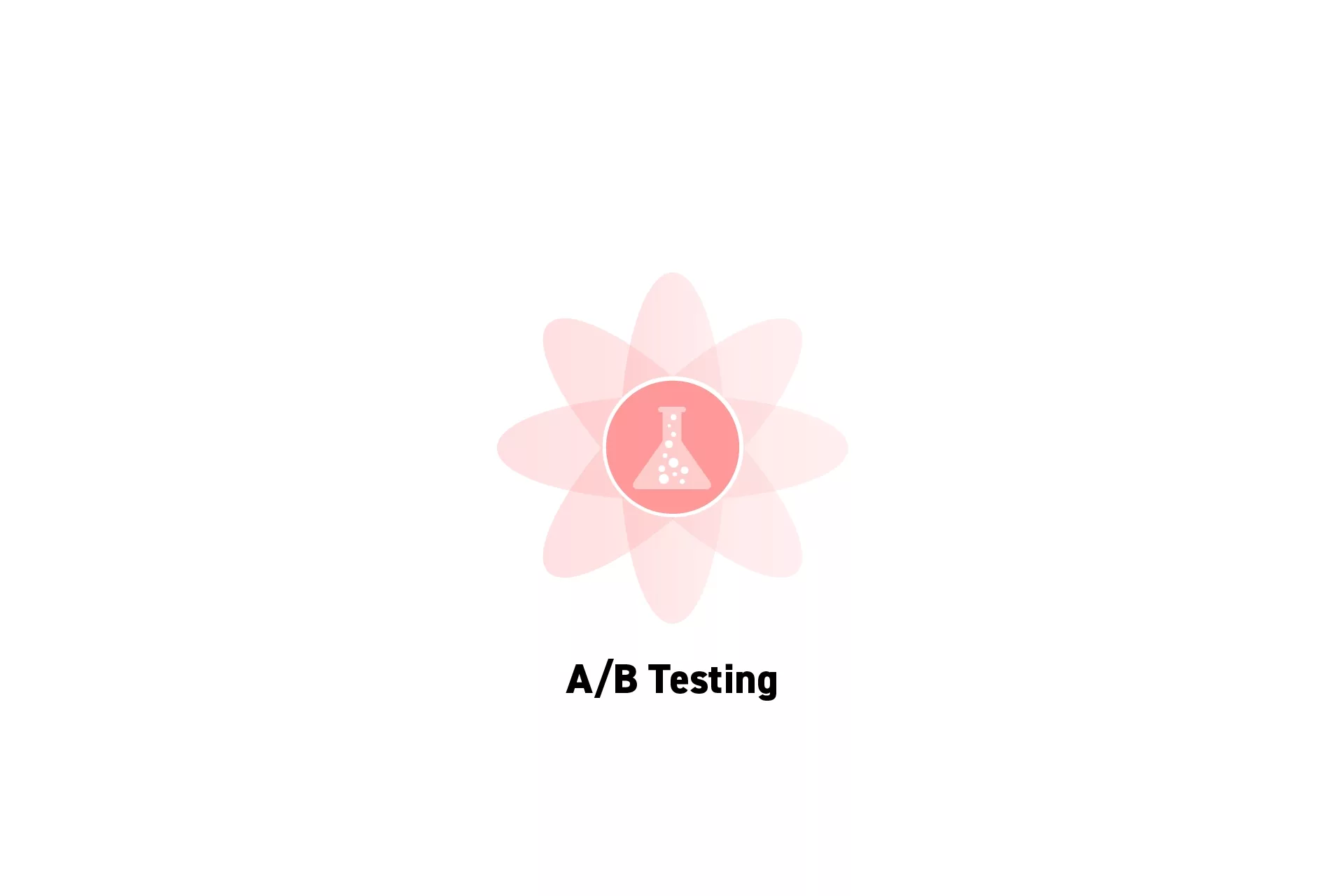What is A/B Testing?
An A/B test is a way to compare two different things to see if one performs better than the other.

An A/B test is a way to compare two different things to see if one performs better than the other.
SubscribeA/B testing is most commonly associated with websites and apps as a means of testing what works best for a user within a user experience but was discovered in the 1920s by Ronald Fisher, who wrote a hypothesis intended to discover what happened if more fertilizer was added to land.
To test this hypothesis, he used two different plots of land and added more fertilizer to one and measured the difference.
This type of thinking evolved and has since been expanded to be used in marketing campaigns, websites and apps. Examples of the same type of thinking include:
Example One: Letters or Postcards
Hypothesis
If people prefer short form copy, then a postcard should be more successful than a letter.
A/B Test
Send post cards and letters to two similar groups and measure sales from both groups.
Example Two: Color of Buttons
Hypothesis
If blue makes people feel calm and red makes people feel agree then all using blue on all buttons on our website should convert to more sales.
A/B Test
Drive traffic to different versions of the same website with the difference being that buttons are red or blue.
Example Three: Advertising
Hypothesis
If our audience is found on Facebook then Facebook should produce more organic traffic than the New York Times.
A/B Test
Create the same campaign on Facebook and the New York Times and use an UTM (Urchin Tracking Module) code to measure the difference.
Looking to learn how to carry out an A/B test?
To learn our approach to performing A/B tests, consult the link below.
Looking to learn more about Research and Strategy?
Search our blog to find educational content on research and strategy.